Samsung Galaxy Note 20 vs Note 20 Ultra: what are the differences?
We may earn a commission if you make a purchase from the links on this page.

Summary
- Note 20 Ultra vs S20 Ultra: what are the differences?
- Galaxy Note 20 Ultra first impressions: practical luxury
- Galaxy Note 20 Ultra vs Galaxy S20 Ultra vs iPhone 11 Pro Max specs and size comparison
- The best Galaxy Note 20 deals and preorder gifts at Verizon, T-Mobile, AT&T and Best Buy
- The best Galaxy Note 20 and Note 20 Ultra cases
Galaxy Note 20 vs Galaxy Note 20 Ultra main differences
- Note 20 has a lower-res display
- Note 20 is locked at 60 Hz refresh, Note 20 Ultra can do 120 Hz
- More storage options and microSD card slot only on Note 20 Ultra
- Note 20 has a plastic back
- S Pen: 25 ms response time on Note 20, 9 ms on Note 20 Ultra
Shop Galaxy Note 20 and Note 20 Ultra here
Galaxy Note 20 display vs Galaxy Note 20 Ultra display
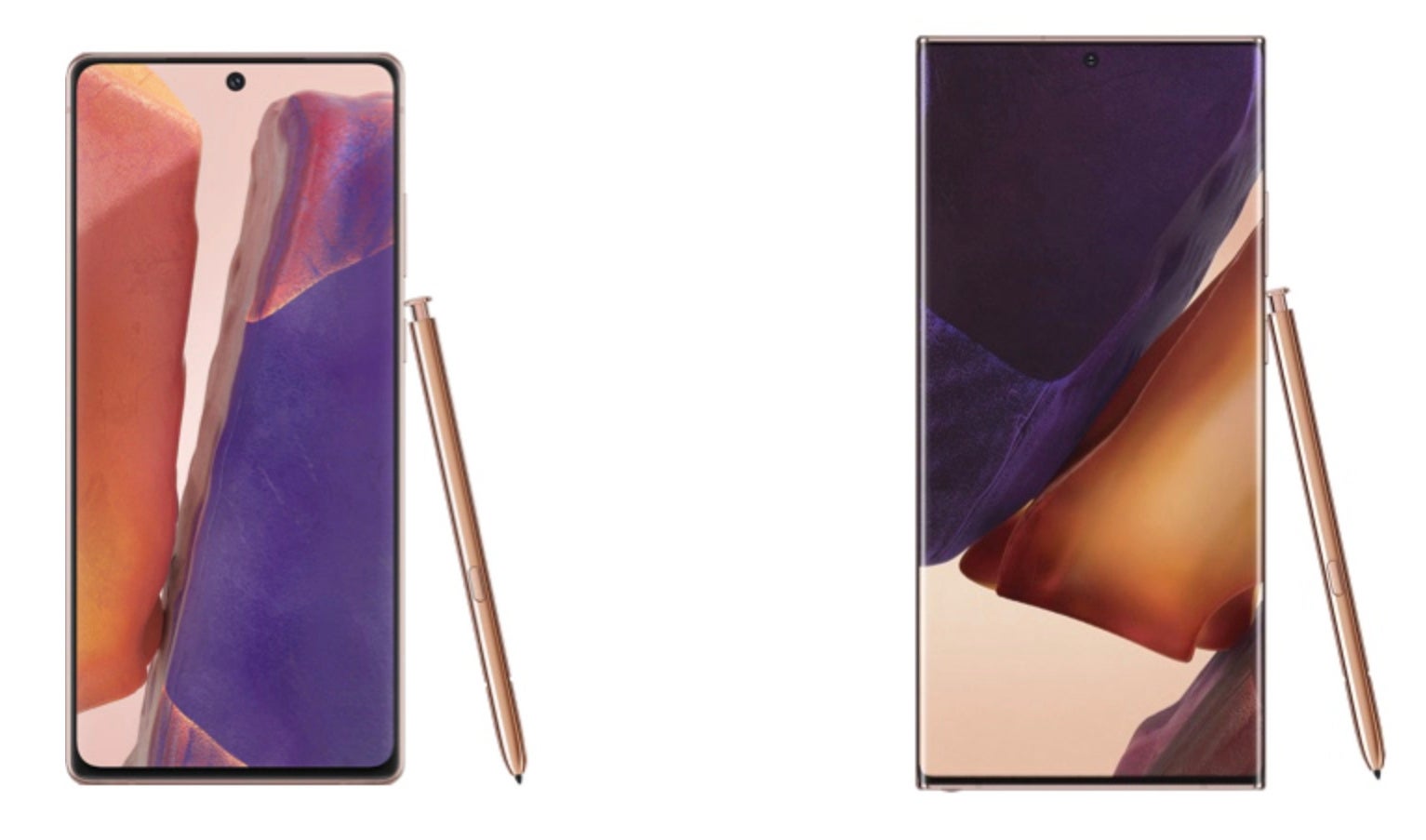
Obviously, we have a tiny difference in screen size — the Note 20 has a 6.7-inch screen, while the Note 20 Ultra has a 6.9-inch screen. But their ratios are also a bit different. On the Galaxy Note 20, we get a 20:9 aspect ratio, while the Ultra's is 19.3:9. This means that the Galaxy Note 20 is only slightly smaller and narrower, but it's still a pretty huge phone.
In terms of resolution, the Note 20 Ultra is — of course — the sharper one of the two. The Galaxy Note 20 Ultra has a 1440 x 3200 WQHD+ screen, while the Note 20 has a 1080 x 2400 FHD+ panel. That's 511 pixels per inch on the Note 20 Ultra and a 393 PPI density on the Note 20. What do those numbers mean in the real world? Quite simply — even with pixel-peeping, you won't be seeing a huge difference between the two. But purists will still want the sharpest image there is.
The Galaxy Note 20 Ultra is the only phone of the two to have a 120 Hz refresh rate. However, it can only be activated if the phone is set in a 1080p resolution. You will probably want to keep this on and sacrifice the extra pixels — 120 Hz is definitely much smoother and more pleasing than 60 Hz. To be fair, we are kind of disappointed that Samsung kept the small Note 20 locked to 60 Hz.
Galaxy Note 20 hardware vs Galaxy Note 20 Ultra hardware
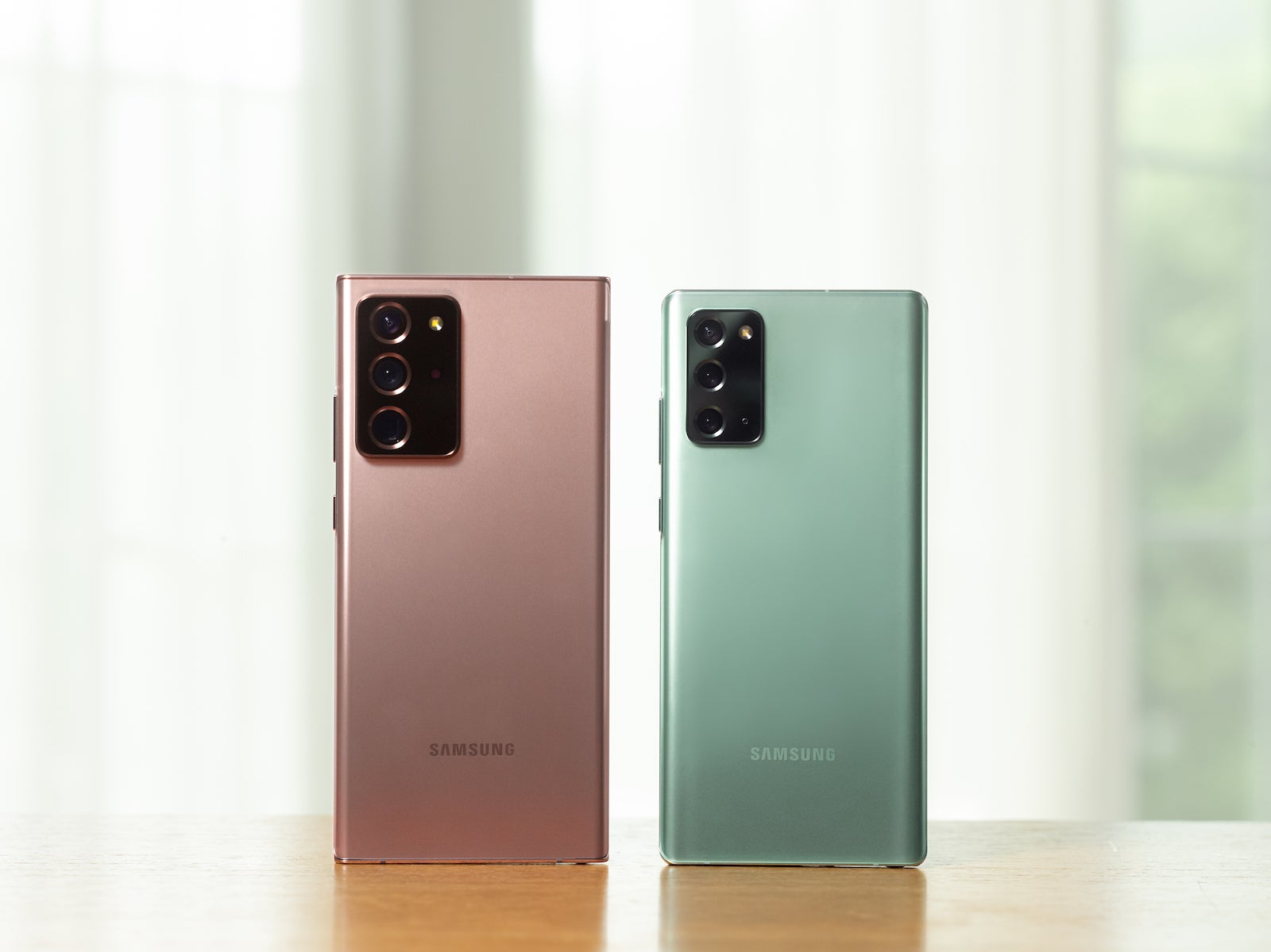
You'd be happy to hear there was almost no compromise when it comes to internals. The Note 20 is powered by a Snapdragon 865+ (or Exynos 990 internationally), just like its bigger sibling. The differences come in RAM and storage tiers. The regular Note 20 will get 8 GB of RAM, no matter which variant you get. The Note 20 Ultra goes up to 12 GB of RAM. Depending on where you live in the world, the Note 20 might come with 128 GB or 256 GB of storage, while the Note 20 Ultra goes from 128 GB to 256 GB, to 512 GB.
In the US, the Note 20 comes with 128 GB / 8 GB. The Note 20 Ultra comes with 128 GB / 12 GB and 512 GB / 12 GB.
Almost no compromise was made with battery on both phones. The Galaxy Note 20 Ultra is powered by a 4,500 mAh cell, while the Note 20 has a 4,300 mAh one. Both will give you a day's worth of battery life — nothing mindblowing, but dependable enough. But both also support 25 W fast charging, so you can top up quickly when in a pinch.
Also, only the Galaxy Note 20 Ultra has a microSD card slot for storage expansion, the Note 20 does not.
Galaxy Note 20 camera vs Galaxy Note 20 Ultra camera
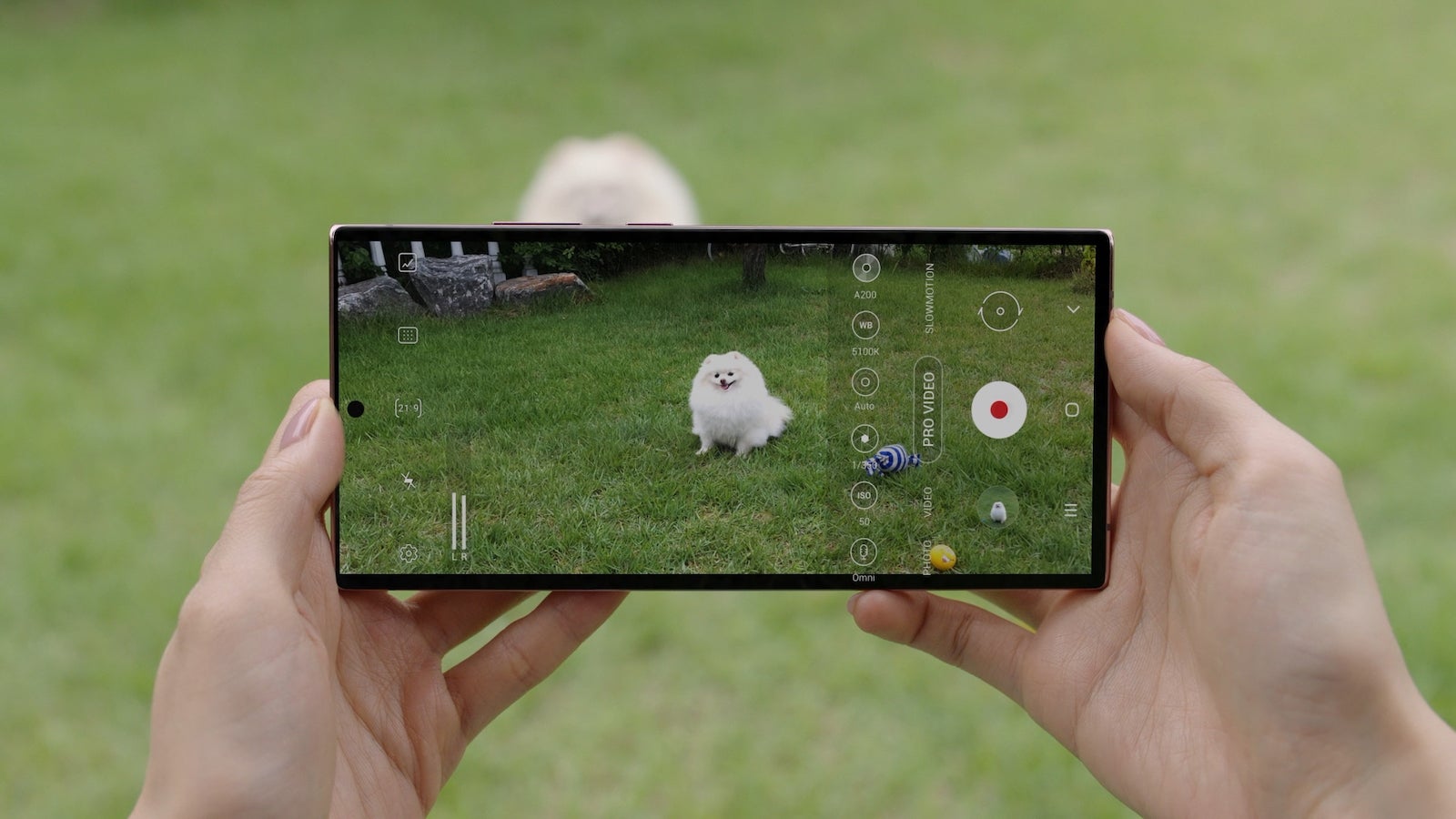
There are some glaring differences when it comes to the camera specs sheet. In fact, they are very similar to the S20 Ultra vs S20 camera differences.
The Galaxy Note 20 Ultra comes with a super dense 108 MP sensor on its main camera, a 12 MP ultra-wide camera, and a 12 MP telephoto camera. There's 5x optical zoom and up to 50x super high resolution zoom. That's the same type that used to go up to 100x on the S20 Ultra — we assume it was toned down on the Note 20 Ultra so Samsung could focus more on quality than sheer shock numbers.
The Galaxy Note 20 has a 12 MP main camera, 12 MP ultra-wide, and a 64 MP "telephoto" camera — this is in quotes, because Samsung achieves the telephoto effect via a 3x hybrid (digitally-assisted) zoom. The super high res zoom goes up to 30x.
When we took the phones out for a 1v1 comparison, we found that both do fantastic. The Note 20 Ultra looks slightly better at 30x zoom and can then go all the way up to 50x (where it now looks washed out). The regular Note 20 can only go up to 30x, but you will probably not want to do that often.
Both of the Notes will support 8K video at 24 FPS and both will have the full manual modes that you've come to expect.
Galaxy Note 20 design and build
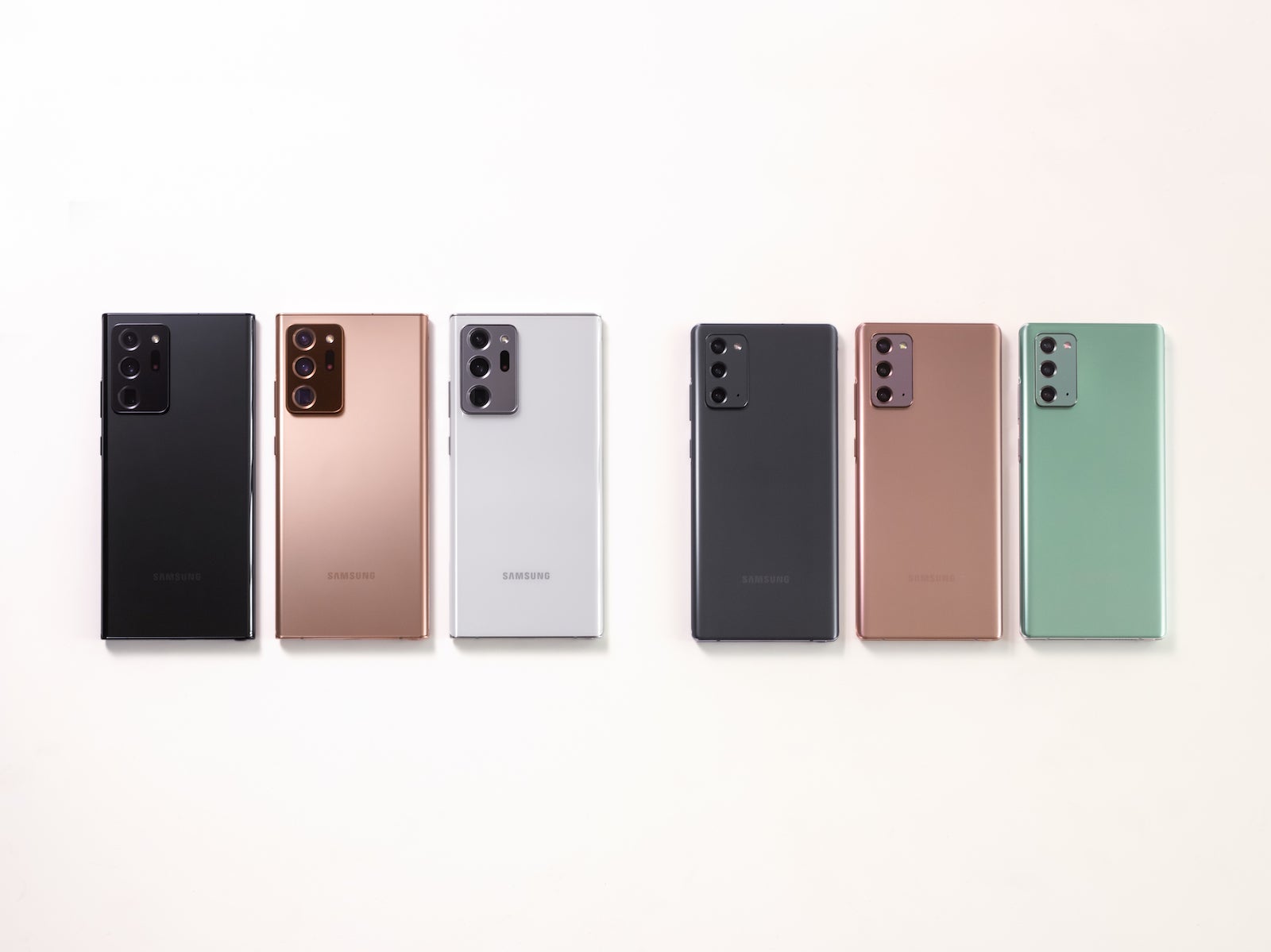
The Galaxy Note 20 goes back to the roots and has a completely flat display. None of that "edge" stuff that Samsung has been putting on all of its phones. The Note 20 Ultra still has the curved screen, so that's where you need to go if you want one.
A "small" detail that's been flown under the radar — the Galaxy Note 20 Ultra is a glass-and-metal sandwich, as can be expected... but the Note 20 is not. The "cheaper" Note has a "Glasstic" build — basically, the back is made of plastic that's made to look like glass. Not the end of the world, sure. But kind of not what you'd expect from a $1k phone. You can definitely feel the difference between both phones. And the fact that the Note 20 has a metal frame still doesn't help.
Still, to each their own. Some people like the fact that plastic doesn't shatter like glass. And some people enjoy a flat screen more — yes "edge" displays look cool, but they make ghost touches more common, and they distort content towards the edges of the screen.
In terms of design, the Note 20 really feels more like a successor of the Note 10 Lite rather than the Note 10.
Galaxy Note 20 S Pen vs Galaxy Note 20 Ultra S Pen
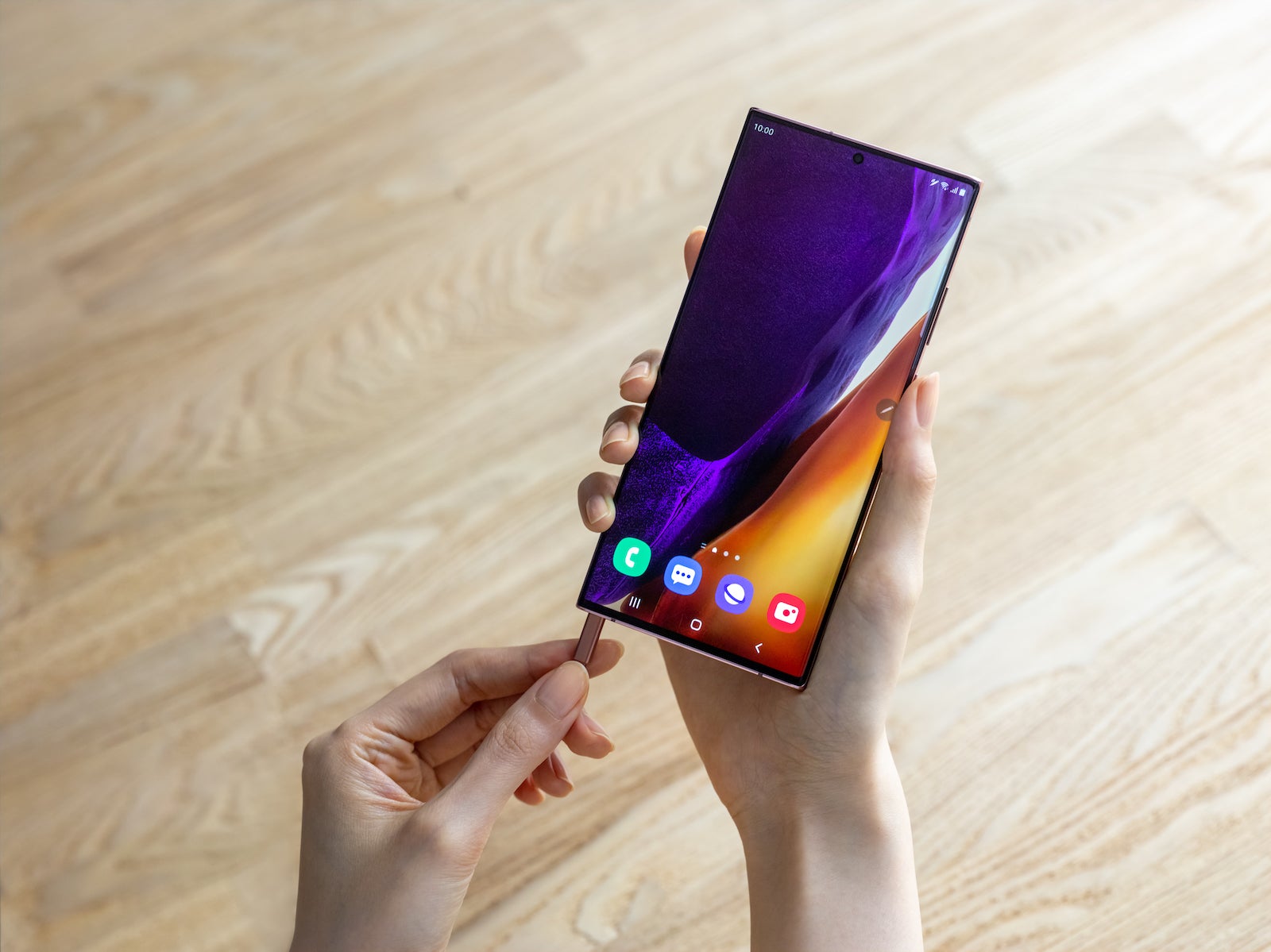
Samsung touted a 9 ms response time for the S Pen on the Galaxy Note 20 Ultra. Yes, the Ultra — not the Note 20. For the smaller model, it gets a "40% improvement in speed", which is 25 ms response time. But you know what? The S Pen already felt great on the Galaxy Note 10, and we can barely pick up the difference in performance between the Note 20 and Note 20 Ultra. Rest assured, the S Pen is great.
Final thoughts
The more we look at the specs, the more it looks like most smartphone fans will want to skip the Note 20 and go straight for the Note 20 Ultra (here's our Note 20 Ultra unboxing). The Note 20's resolution is not that much of an issue, and we are pretty sure the camera will be top-notch. The S Pen experience and the upgraded DeX will all be there, cool. But the 60 Hz refresh rate is quite a disappointment, seeing as — in 2020 — there are phones out there that are a lot cheaper and can still get at least 90 Hz (ahem, OnePlus Nord). The plastic build is a low blow, and there are some powerusers out there that will still be ticked off at the lack of a microSD card slot.
But hey, Samsung knows best. Maybe there's a whole subset of users out there that are willing to look past these downgrades just to get a slightly cheaper Note.
So, which one of the Notes is the phone for you?
Follow us on Google News








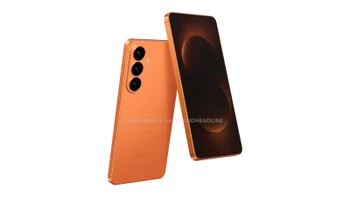
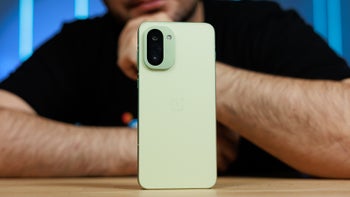
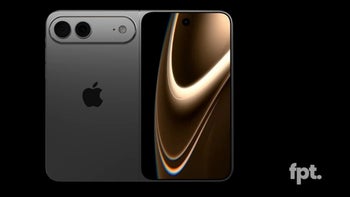



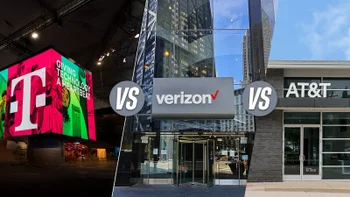
Things that are NOT allowed:
To help keep our community safe and free from spam, we apply temporary limits to newly created accounts: